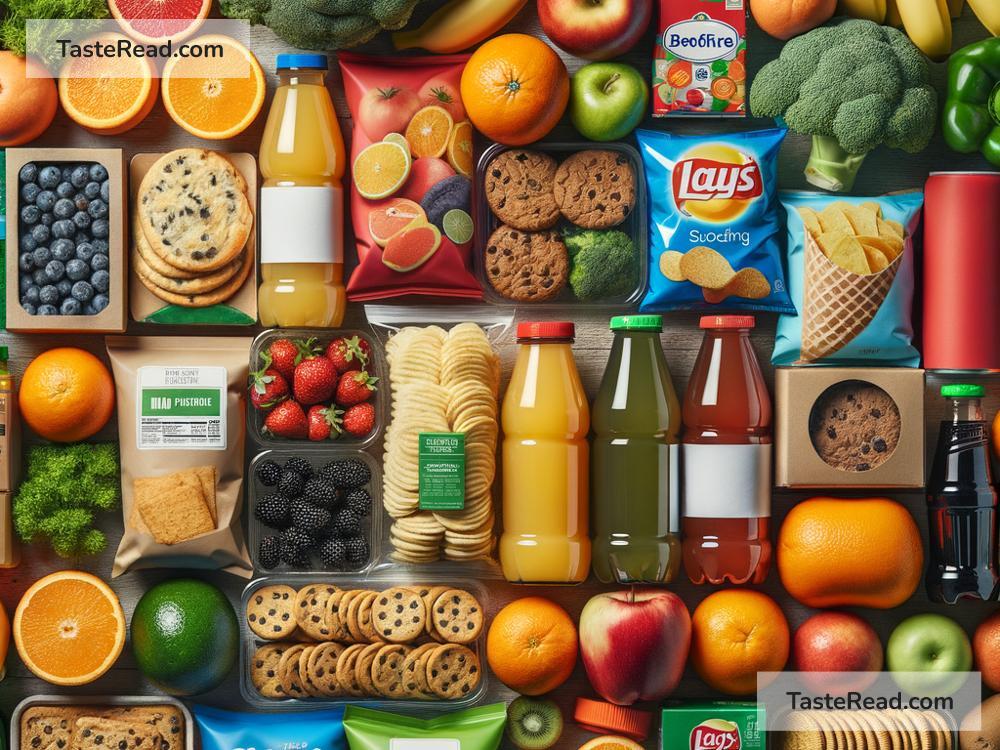The Impact of Food Regulations on Nutrition
Food plays a big role in our everyday lives. It keeps us healthy, gives us energy, and helps us grow. But have you ever wondered who makes sure the food we eat is safe and nutritious? Governments worldwide create food regulations to protect consumers and ensure we get the best quality food. These rules also impact the nutrition we receive from our meals. Let’s take a closer look at how food regulations shape our diets and overall health.
What Are Food Regulations?
Food regulations are rules and laws designed to monitor how food is produced, packaged, labeled, and sold. These regulations ensure that the food we eat is safe from harmful ingredients, contaminants, and poor manufacturing practices. They also aim to provide accurate nutritional information so consumers can make informed choices about their diets.
For example, regulations may include:
– Testing foods for safety before they are sold.
– Requiring clear labels on packaging that list ingredients and nutritional values.
– Setting limits on harmful substances like pesticides or artificial chemicals in food production.
These rules vary by country, but the goal remains the same: to protect public health.
How Do Food Regulations Affect Nutrition?
Food regulations don’t just focus on food safety; they also influence the nutritional content of what we eat. Here are several ways these rules impact nutrition:
1. Encouraging Healthier Food Options
Regulators often set limits on unhealthy ingredients like trans fats, excessive sugar, and sodium. For example, many countries have banned trans fats because they increase the risk of heart disease, while others have introduced taxes on sugary drinks to discourage their consumption. When companies have to meet these standards, they are encouraged to create healthier products.
As a result, food regulations can push manufacturers to reformulate recipes, reducing harmful substances and increasing healthy ingredients like whole grains, vitamins, and minerals. This can lead to more nutritious options on store shelves.
2. Guaranteeing Accurate Nutritional Labels
Have you ever flipped over a snack package to check the calories or sugar content? That information is there because of food regulations. Nutritional labels provide important details about what’s inside the food we eat. They help people make better choices, especially if they’re managing conditions like diabetes or high blood pressure.
For example, if a label shows a product is high in saturated fat, a consumer may decide to choose a healthier alternative. Without regulations requiring brands to disclose this information, people wouldn’t know if their food choices were nutritious or harmful.
3. Promoting Fortification Programs
Food fortification is when vitamins, minerals, or other nutrients are added to foods to prevent nutrition-related health problems. For instance, in many countries, governments require food companies to add folic acid to flour or iodine to salt to prevent deficiencies that could cause serious health issues. These regulations ensure populations get essential nutrients, even if their diets lack variety.
Fortification has had a huge impact on reducing diseases related to malnutrition, such as rickets (caused by low vitamin D) or goiter (caused by iodine deficiency). It’s a simple yet effective way for regulations to improve public health.
4. Reducing Food Contamination and Harmful Additives
Food contamination can lead to severe health risks. Regulations require companies to test foods for harmful bacteria, toxins, and chemical residues. Additionally, some countries restrict or ban certain food additives that may be harmful to long-term health, such as artificial food dyes or preservatives linked to allergic reactions and illnesses.
By maintaining strict safety standards, these rules help ensure that the food we eat isn’t just nutritious but also safe.
5. Supporting Public Nutrition Campaigns
Governments often use food regulations as part of larger campaigns to promote healthy eating habits. For example, they might set guidelines for portion sizes in schools or mandate healthier meals in public institutions like hospitals. These efforts can encourage communities to adopt a balanced diet, ultimately improving public nutrition in the long run.
Challenges of Food Regulations
While food regulations aim to improve health and nutrition, they’re not without challenges. For instance:
– Economic Barriers: Small food businesses may struggle to meet strict regulations due to high costs, which could reduce their ability to compete.
– Consumer Behavior: Despite regulations, people may continue to prefer highly processed or junk foods due to taste, convenience, or affordability.
– Global Differences: Food laws vary widely between countries. What’s considered safe or healthy in one place may be banned in another, leading to confusion for international consumers.
Addressing these challenges requires collaboration between governments, food companies, and consumers.
What Can We Do?
As consumers, we have the power to make choices that align with our health goals. By reading nutritional labels, avoiding heavily processed foods, and supporting companies that prioritize nutrition and safety, we can benefit from food regulations. Advocating for stronger laws and better enforcement can also push the food industry in a healthier direction.
Final Thoughts
Food regulations play a critical role in shaping the nutrition and safety of our diets. By encouraging healthier products, mandating clear labels, promoting fortification, and reducing harmful additives, these rules aim to support public health. While challenges remain, they offer a solid foundation for creating a healthier food system for all.
Remember, each choice you make at the grocery store influences not just your health but the future of food. So next time you pick up a snack, think about the impact of food regulations—and how they help ensure your meals nourish rather than harm.


